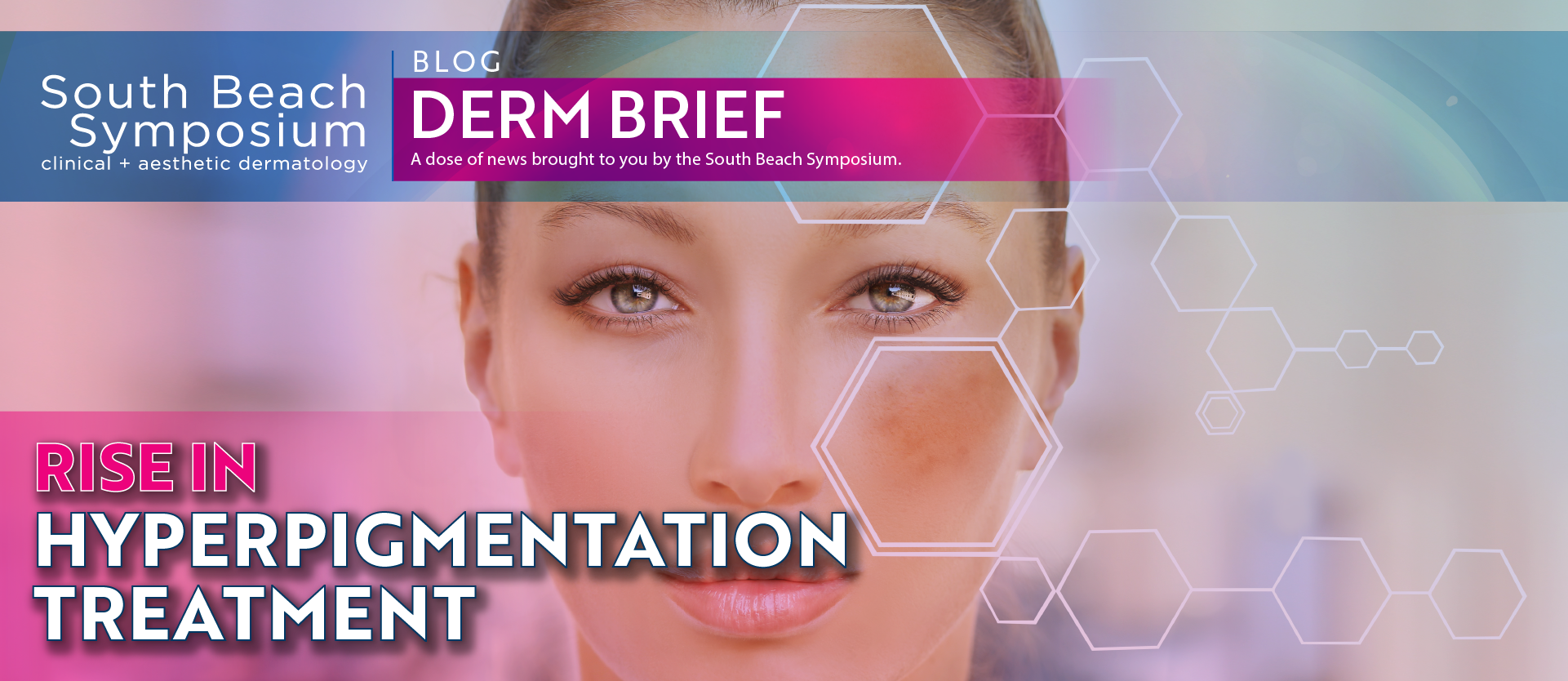Hyperpigmentation disorders comprise a significant amount of benign skin conditions and are a popular cosmetic concern among dermatology patients. Despite being physically harmless, hyperpigmentation, or dyschromia, has been shown to negatively impact quality of life and the psychosocial wellbeing of patients. Increasing amounts of people are looking for hyperpigmentation treatment options, many are willing to spend substantial time and money to cure the disorder. New research details the budget and time patients are willing to allot to improve their condition, as well as its detrimental effects on quality of life.
Disease Burden of Hyperpigmentation
Published in the Journal of Clinical and Aesthetic Dermatology in May of this year, a study by a team of Boston University researchers assessed the willingness-to-pay (WTP) and time trade-off (TTO) as methods of quantifying disease burden of hyperpigmentation. Lead author Dr. Mayra Maymone from the Boston University School of Medicine and colleagues evaluated 85 adults with an average age of 42.2 years as part of the pilot study . The participant cohort was comprised of 89% women, 48% college graduates, and 72% of individuals with an annual income below the median annual state household income.
Study findings revealed a mean willingness-to-pay of $38.95 for a 25% improvement in hyperpigmentation and $83.18 for a 50% improvement, amounting to nearly 14% of their total monthly income. Participants were willing to allot 90 minutes of their day to undergo a treatment that would completely cure their condition and spent an average of 21 minutes a day concealing their hyperpigmentation, which correlated with a worsened quality of life.
Based on the WTP and TTO measurements, researchers concluded a high disease burden associated with the benign skin condition. The amount of money individuals were willing to spend on curative treatment was significantly greater than that previously observed among patients with other skin conditions such as vitiligo and rosacea.
Although limited in cohort size and design, the study’s results may assist physicians in gauging the impact of hyperpigmentation disorders on patient quality of life. Additionally, the information gathered may contribute to the development of improved treatment strategies including psychological support for affected patients.
Causes of Hyperpigmentation
The prevalence of hyperpigmentation varies depending on race and ethnicity, with non-white/Caucasian individuals facing the highest risk. However, all racial and ethnic groups can be affected by the condition, which is commonly caused<> by sun exposure, skin inflammation, and melasma. Dark age and sun spots often result from increased melanin production related to prolonged sun exposure while inflammatory conditions such as acne, eczema, and injuries may develop into hyperpigmentation. Melasma, or the development of dark skin patches, can occur during periods of hormonal changes, mostly affecting pregnant women.
Other less frequent causes of hyperpigmentation include reactions to certain medications – such as antimalarial drugs and tricyclic antidepressants – and medical conditions including Addison’s disease and hemochromatosis.
Treatment of Hyperpigmentation
Although hyperpigmentation is a harmless and benign condition, many patients want to alleviate their symptoms or cure the disorder all together. A range of possible treatment options is available including topical creams – with azelaic acid, corticosteroids, retinoids, and other brightening ingredients – as well as cosmetic procedures aimed at lightening dark spots. Common cosmetic procedures include laser therapy, IPL, chemical peels, and microdermabrasion. Treatment process and potential side effects should be discussed with patients looking to reduce the appearance of hyperpigmentation.
With the recently discovered significant disease burden in mind, there is a rising need for preventative strategies and more comprehensive treatment methods. Limiting sun exposure, using sunscreen with an SPF of 30 or higher, and avoiding picking at the skin are behaviors recommended for those looking to protect the skin and stop hyperpigmentation from becoming darker.
















